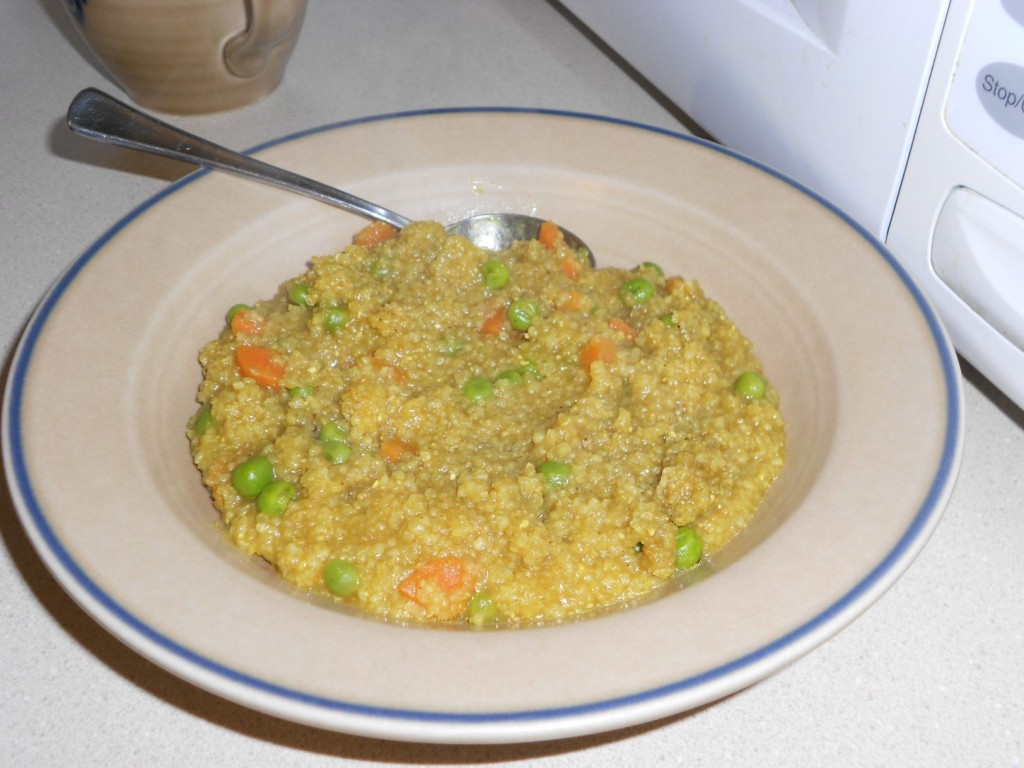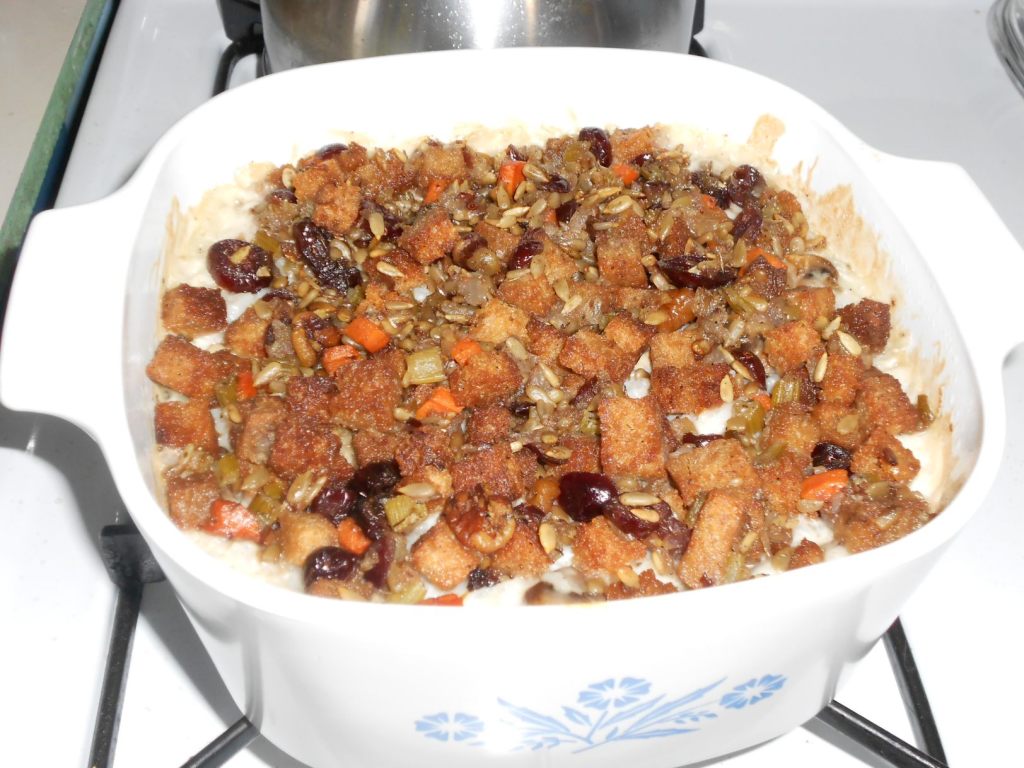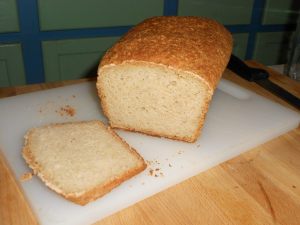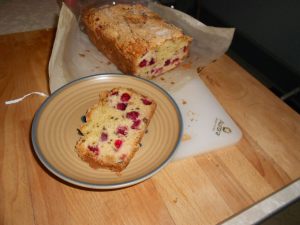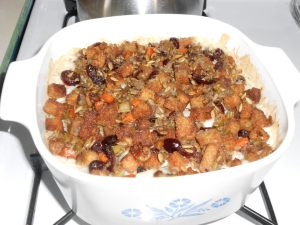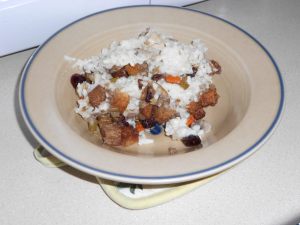Shrimp and Asparagus Risotto
Ingredients
- 1/2 lb raw shrimp, peeled and deveined
- 1/2 bunch asparagus, approx 1/2 lb, tough part of stems removed
- 1 cup arborio rice
- 4 Tablespoons olive oil, divided
- 1/2 cup finely minced onion, divided
- 2 cloves garlic, finely minced, divided
- 2 Tablespoons finely minced flat leaf parsley
- 1/2 cup white wine (optional)
- 4 cups vegetable stock, heated
- lemon juice, to taste
- salt and pepper to taste
- 1/2 cup parmesan cheese (optional)
Directions
- Have all ingredients prepped and ready to go before starting. Risotto only takes 22-25 minutes to cook. Remember have the stock hot (never try to make risotto with cold or room temperature stock)!
- In a medium sauce pan with a heavy bottom heat 2 Tbls olive oil. Add half of the onion and half of the garlic. Sauté over medium heat until the onion is transparent, about 2 minutes. Stir frequently to keep garlic from burning. Add rice and stir to coat with oil. Sauté until rice is a bit transparent, about 2 minutes.
- Add wine, if using, or 1/2 cup stock. Stir. Heat and stir on medium-low until the liquid is absorbed. Continue adding the stock, 1/2 cup at a time, stirring until absorbed before adding more.
- Meanwhile, fill a med/large sauté pan with water. Blanch the asparagus for 2 – 3 minutes, drain, cool, then cut into 1″ pieces. Next, in the same pan, heat 2 Tbls oil, sauté the remaining onions and garlic, add shrimp and sauté briefly, 2 – 3 minutes until just barely cooked (they will finish cooking in the risotto). Spritz with lemon juice and remove from heat.
- When the risotto is almost done (after 20 minutes taste a piece–it should be creamy and al dente, but not crunchy), stir in the asparagus, shrimp, and parsley. Continue cooking until everything is creamy and cooked through. Add more stock if needed. Salt and pepper to taste and add parmesan, if using. Sprinkle with more lemon juice if desired.
Serve immediately.
Makes 4 servings.






